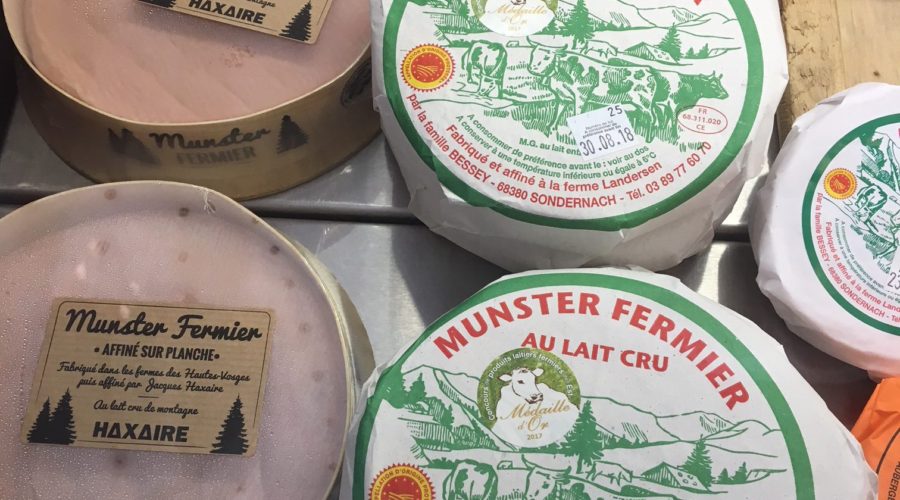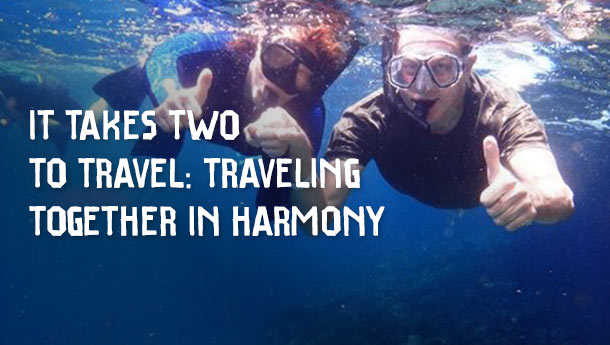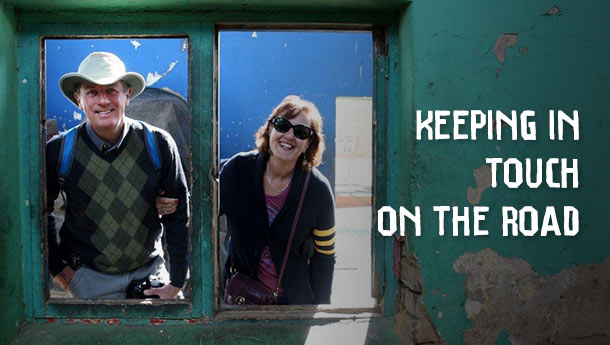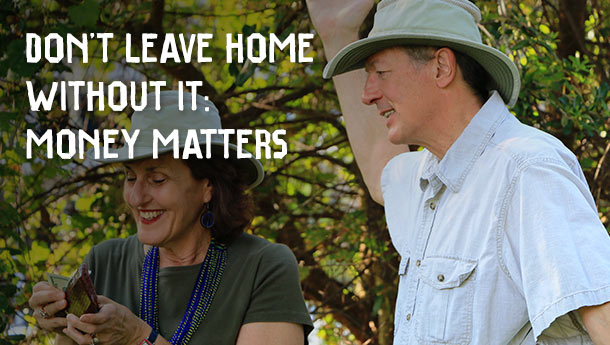Foolish Foodies in Alsace, France

Oh, silly us. We Americans believe we are a nation of evolving foodies. We eat “clean” and insist upon “farm to table.” We shun GMO’s. We scour the media to see if any celebrity chefs are opening an outpost in our town. Foodies? Ya think? When I landed in France this summer, I just felt foolish.
Here’s an example of my culinary shaming. Derek and I visited (and were charmed by) the towns in France’s Alsace region. As a long time lover of Muenster cheese (my favorite in omelets), I was hell bent on visiting the town of Munster. (The French spell the town and the cheese without the “e” after the “u.”) What better place to taste this delicious cheese than in the town that gives it its name?
So here’s the root of the problem. Walk down the cheese aisle in any American grocery store, and you’ll find Muenster as a block of yellow cheese with a thin orange rind. Listen up, America. What we think of as Muenster cheese – AIN’T IT. Imagine my confusion when I walked into an Alsatian cheese shop and asked for a portion of their famous cheese. The kindly clerk started to cut into a soft white cheese. “No!!,” I shriek. “I want MUENSTER cheese, not that Brie-like product.” “But Madame,” the clerk protested, “This IS Munster cheese. Our finest.”
All these years. All those omelets. Who knew I really wasn’t eating authentic Munster cheese? Alsatian Munster has a limited area of milk production, in the eastern Vosges mountains, west of Lorraine. (It’s all about the grass those happy cows are eating.) Back in the seventh century, Benedictine monks settled this area to build a convent dedicated to St. Gregory. To feed their numbers, they created Munster cheese, (named after the Latin “Monasterium”). Munster is made from unpasteurized cow’s milk called “crude” milk. (Sadly, as the milk is “raw,” it is illegal to import into the U.S.) The cheese is then formed into flat cylinders. As the cheese ages, it is left to mature in damp cellars for five weeks, and its crust is washed regularly with a brine of rock salt and water. The added moisture gives this cheese its particular taste and color. The finished product has a semi-soft body, a very strong and penetrating odor, and a very strong taste. So, did Derek and I adore the real thing? Dare I say, not really?
But, smelly cheese aside, should you visit Munster? Yes! Munster is situated in Alsace’s Haut-Rhin region, about 15 kilometers west of Colmar. Visitors usually begin their tour at the ruins of the aforementioned Abbey of St. Gregory. Though Munster suffered great damage during WW I, you can still see parts of the Abbey’s 17th century cloisters. The 16th century Town Hall showcases an eclectic collection of columns, statues, paintings, stained glass and statues from the ancient Munster. The Lion Fountain in Place du Marche was installed in the 16th century. It commemorates the signing of the Treaty of Kintzheim in 1575 which granted residents the freedom to practice the Lutheran religion. Finally, Munster is an ideal starting point to explore the “Route du Fromage,” which you must follow as the natural accompaniment to Alsace’s “Route du Vin.” And, of course, along the way, you must try Gewurztraminer, (the white wine with a heady floral aroma), with the Munster cheese. They are the perfect pairing for your Alsatian adventure.













